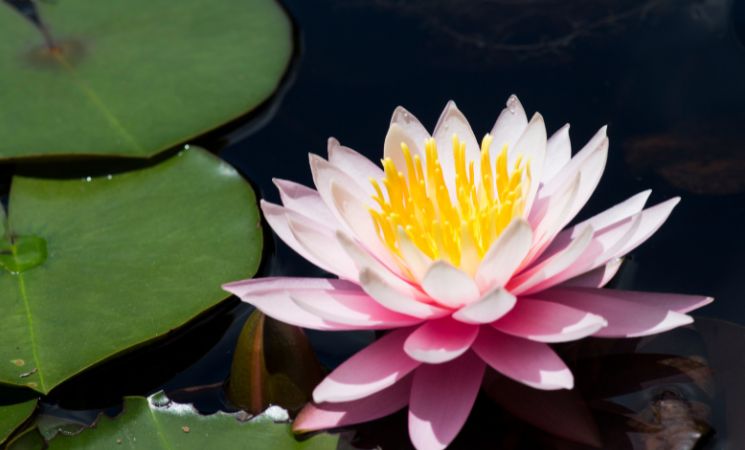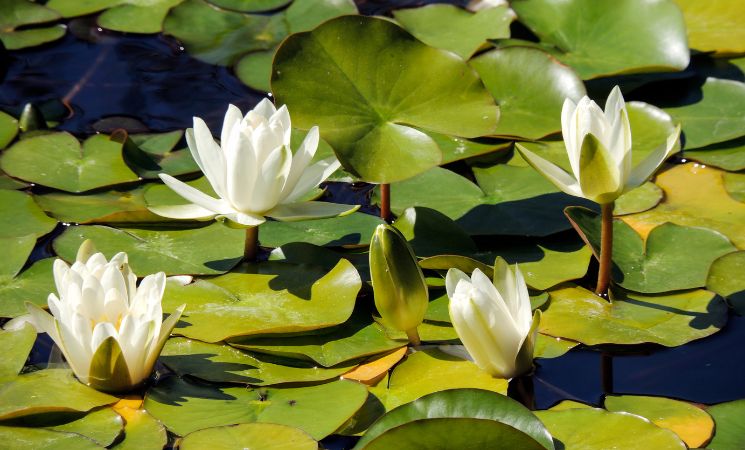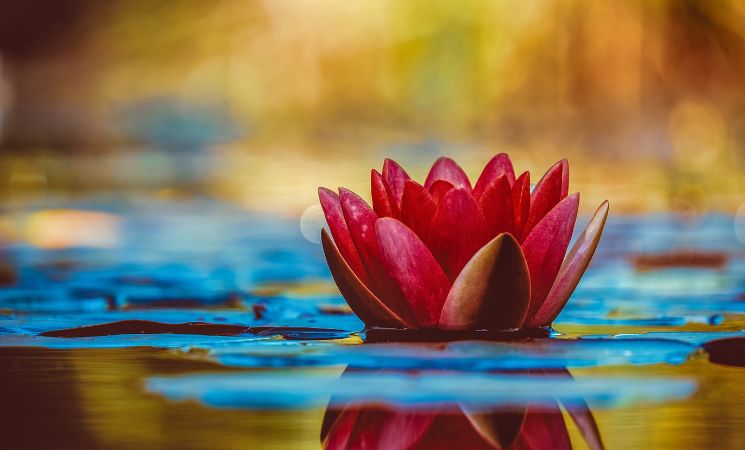Water is life. But, behind every drop in ponds, lakes, and wetlands, there’s a powerful network of natural water filters – aquatic plants. These humble plants, often overlooked, quietly play a crucial role in sustaining the environment.
But what if I told you that lily pads, often seen as tranquil, floating beauty, are more than just visual wonders? They are essential to maintaining aquatic ecosystems.
Aquatic plants are plants that live and thrive in water environments, either fully submerged or floating on the surface. They can be found in freshwater habitats such as ponds, lakes, rivers, and wetlands.
Lily pads are the floating leaves of aquatic plants, typically from the Nymphaeaceae family, commonly known as water lilies. These plants are native to freshwater environments like ponds, lakes, and slow-moving rivers.
The broad, flat leaves of the lily pad rest on the water’s surface, while their roots are anchored in the sediment below.
Aquatic plants, including lily pads, serve as the lungs of our water systems, filtering out harmful substances, adding oxygen, and providing habitats for many species. But, beyond their beauty, do lily pads remove nitrates from water? If not, which plants take on that vital responsibility?

As humans pollute water with industrial waste, runoff, and excess nutrients, the environment turns to its natural purifiers.
Aquatic plants help clean these pollutants, particularly nitrates, which can be harmful in large amounts. Nitrates come from agricultural runoff, decaying plant matter, and waste, contributing to harmful algal blooms.
While lily pads add significant value to water ecosystems, their primary contribution is oxygenation and providing shade to keep water temperatures cool. They don’t absorb nitrates as efficiently as submerged aquatic plants do. That responsibility falls to plants like hornwort, duckweed, and water hyacinth, which act as natural filters, pulling harmful nutrients like nitrates and phosphates out of the water.

Lily pads, particularly the Nymphaeaceae family, create an ethereal image as they float peacefully on the surface of ponds and lakes. Their flat, rounded leaves spread wide, sheltering small fish, insects, and amphibians.
Types of lily pads include White Water Lily (Nymphaea odorata) and the exotic Victoria Amazonica, known for its dinner-plate-sized leaves.
But beneath their beauty lies a deeper contribution: they prevent algae growth by shading parts of the water’s surface. This shade helps regulate water temperature and provides a haven for underwater creatures to thrive.





Aquatic plants are classified into three primary categories:
- Submerged Aquatic Plants: These plants grow entirely underwater and are key players in filtering out nitrates. Examples include hornwort, elodea, and anacharis. Their ability to absorb excess nutrients helps keep the water clean and clear.
- Floating Aquatic Plants: These plants float freely on the water’s surface and include species like duckweed and water hyacinth. They help absorb nutrients and provide habitat for insects and fish, contributing to biodiversity.
- Emergent Aquatic Plants: These plants root underwater but have stems, leaves, or flowers that emerge above the surface. Cattails and bulrushes are typical examples, helping stabilize banks and reduce erosion.
Aquatic plants, whether submerged or floating like lily pads, are crucial to keeping our waters clean. By absorbing harmful nutrients, stabilizing ecosystems, and supporting wildlife, they form a delicate balance that supports both biodiversity and water health.
As water pollution continues to be a growing concern, these silent purifiers remind us that nature often offers the simplest and most elegant solutions to complex problems.











